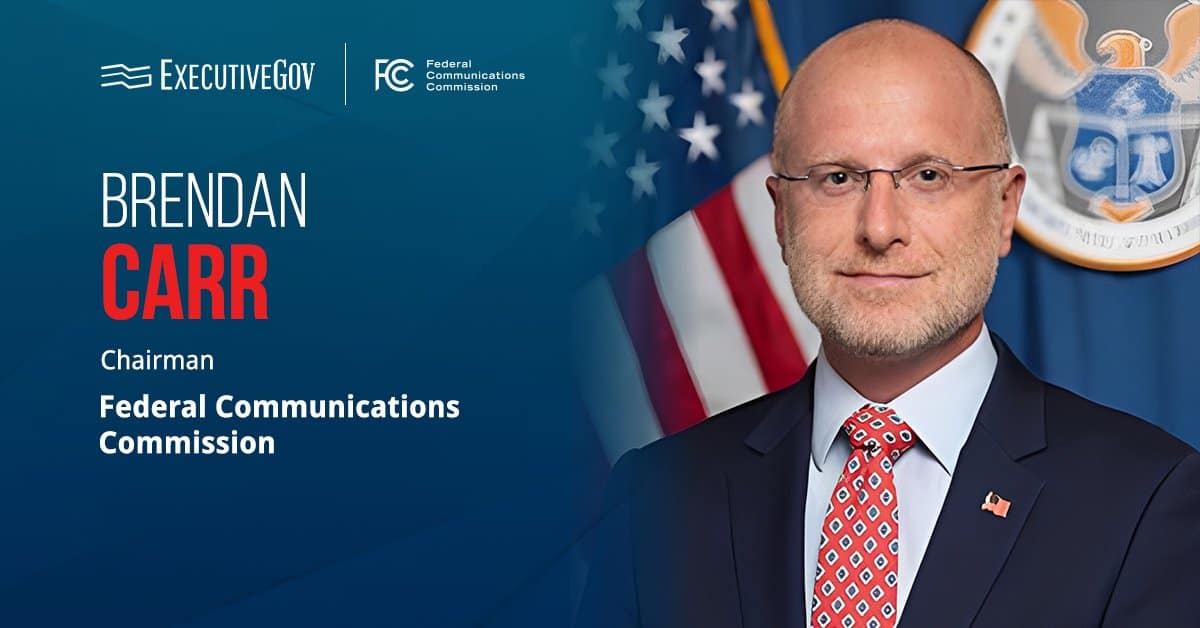 The Federal Aviation Administration aims to release an initial batch of facility maps for small unmanned aircraft systems by April 27 in a move to help remote pilots depict areas and altitudes near airports where UAS platforms will be allowed to operate.
The Federal Aviation Administration aims to release an initial batch of facility maps for small unmanned aircraft systems by April 27 in a move to help remote pilots depict areas and altitudes near airports where UAS platforms will be allowed to operate.
FAA said Monday the maps are intended to guide drone operators when they apply for Part 107 airspace authorization and help the agency accelerate the application process.
The agency added remote pilots can use the facility maps to align their requests for small UAS operations to with approved locations and altitudes.
FAA expects to issue as many as 200 facility maps on April 27 and said database updates will coincide with the agency’s 56-day aeronautical chart production schedule.
Small drone pilots are still be required to submit airspace authorization applications via the FAA website to gain controlled airspace access.
Related Articles
Gregory Barbaccia, federal chief information officer and a 2025 Wash100 awardee, has shared his insights on how the federal government should advance digital transformation. “I notice a lot of the government considers itself to be ‘digital,’ but in reality, we’ve only digitized, not transformed. Sure we went 0-1, but that should have just been the beginning,” Barbaccia wrote in a LinkedIn post. He noted the lack of automation and that workflows remain unchanged despite the replacement of paper ledgers with spreadsheets. “Files are shared over email instead of through real-time collaboration tools,” he added. Advancing Digital Transformation in Federal Government
The Federal Communications Commission has adopted new rules that seek to eliminate unnecessary paperwork and address regulatory barriers to the ground-station-as-a-service, or GSaaS, business model as part of efforts to drive innovation in the U.S. space economy. FCC said Thursday the new rules establish a process for ground station operators to secure a baseline license without first identifying a satellite point of communication. A simple FCC notification will be required for each new point of communication. According to FCC, the change would eliminate nearly half of earth station modification applications. “Making the smallest change to a satellite system or earth
The General Services Administration has announced a OneGov agreement with Amazon Web Services that will provide up to $1 billion in direct incentive credits to federal civilian agencies. According to GSA, the direct incentive credits, aggregated across the agencies, will include savings on core AWS cloud services through AWS credits, infrastructure and application technologies modernization through AWS modernization credits, access to AWS training and certification through training credits and a streamlined engagement model with greater savings for direct contracts through direct partnerships. Advancing America’s AI Leadership The agreement is expected to accelerate large-scale IT transformation and boost AI innovation across





